As we’re all aware, Dylan Larkin and the Detroit Red Wings have yet to come to terms on a new contract. Negotiations are ongoing, and it’s possible these talks continue on past the trade deadline.
Because of this—and the never-ending discourse surrounding the topic—I feel it’s necessary to go into detail about the dynamics of this negotiation and illustrate why there hasn’t been a deal yet.
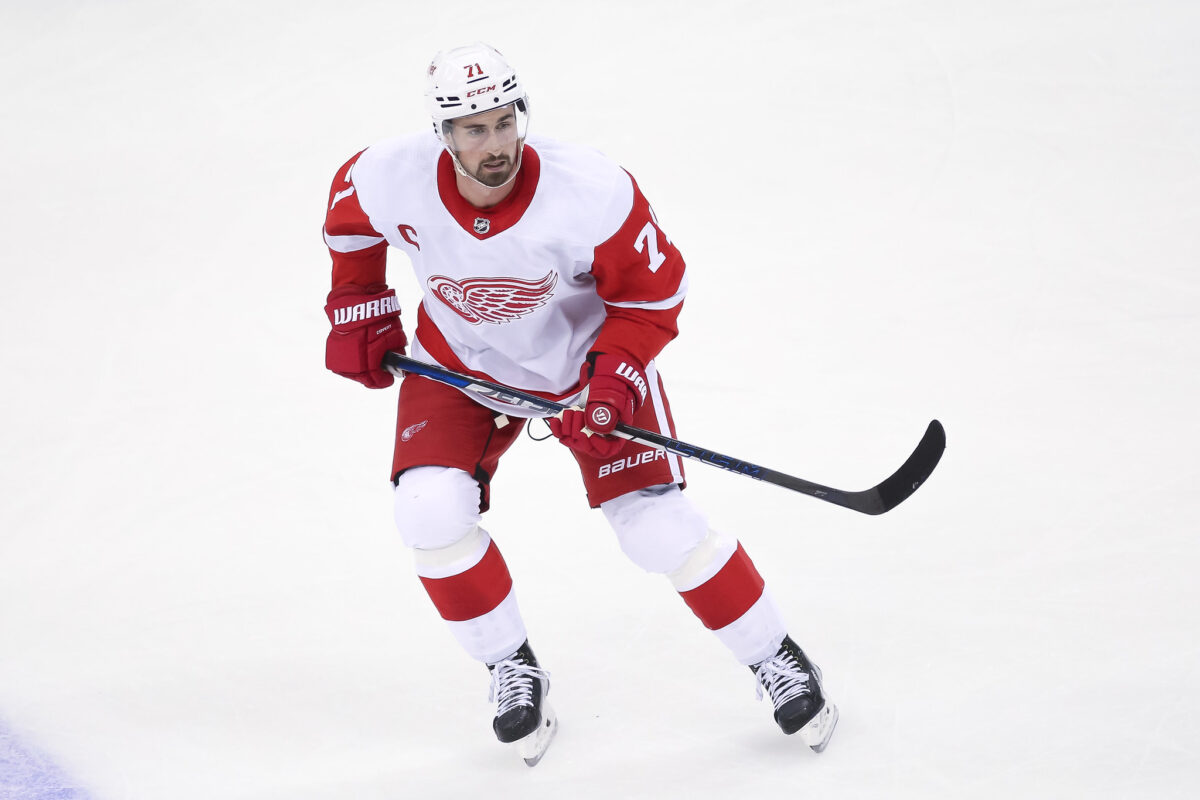
But let me be clear up front – I am not privy to the conversations that have been going on between the Red Wings and Larkin’s representation. Very few people outside the two parties have.
However, I can provide insight on the negotiation process – both through personal experiences negotiating and having recently completed my MBA.
Okay, with that out of the way, let’s talk turkey. First, I’ll break down the negotiation between the Red Wings and Larkin’s representation in general, then focus on each side – one at a time. My hope is that this overview will illuminate the complexity of such a contract and provide sufficient rationale as to why we need to be patient with this process.
Sound good? Yes? Great. Let’s dive in.
Setting the Stage
To start, both parties enter a negotiation with an acceptable range of outcomes in mind. We’ll use the average annual value (AAV) of the contract to depict this.
Steve Yzerman and the Red Wings have their own bargaining range – a hometown discount AAV at the low end and their walk-away point at the high end. The former is called the target point—the optimal point from Yzerman’s perspective—and the latter, walk-away amount is the reservation point.
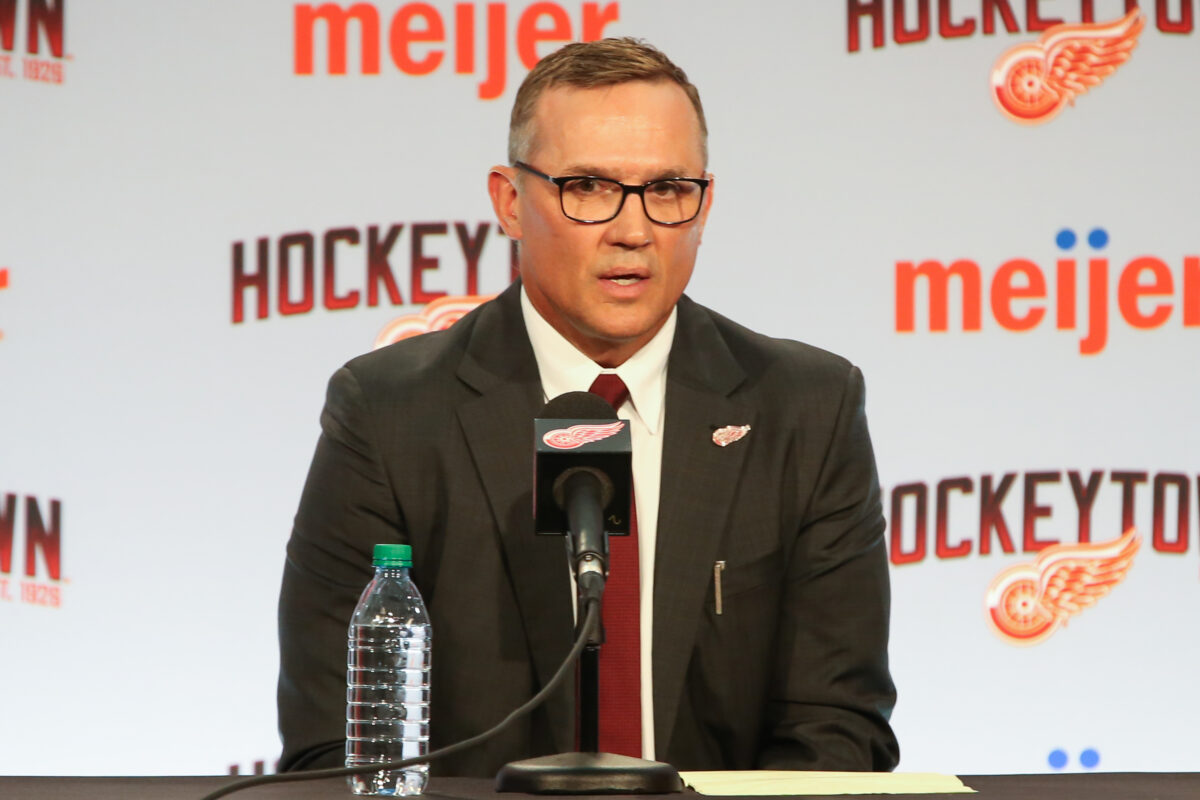
Pat Brisson—who represents Larkin—has a similar bargaining range – just flipped. His reservation point is a fair value deal. In addition, his target point is an AAV designed to be a market-leader among mid-20s 1Cs – something close to or surpassing Mathew Barzal’s contract extension with the New York Islanders.
With these two bargaining ranges, there is likely overlap, as illustrated by the graphic below. This is known as the positive bargaining zone. It’s here where Yzerman and Brisson play hardball to determine which side of the midpoint the final AAV will land.
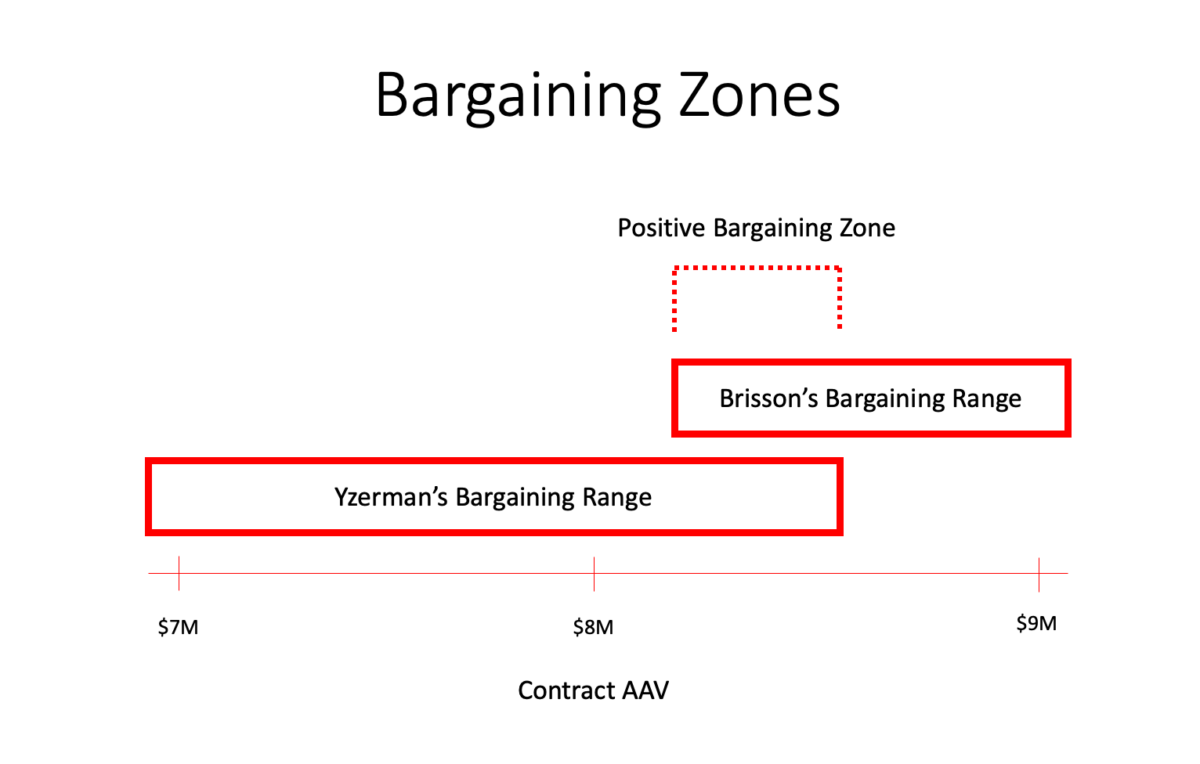
How do they determine the final AAV? Through a series of offers and counteroffers.
First, one side builds value with their negotiating points and ultimately arrives at an offer. This is similar to building a case, with the negotiating points serving as evidence for your argument.
Next, after listening to the initial negotiating points and offer, the other side counters with their own talking points and offer.
The two sides go back and forth building value and pushing their narrative. This includes refuting points made by the other side and looking for common ground where the two parties agree on a topic that they can build off of.
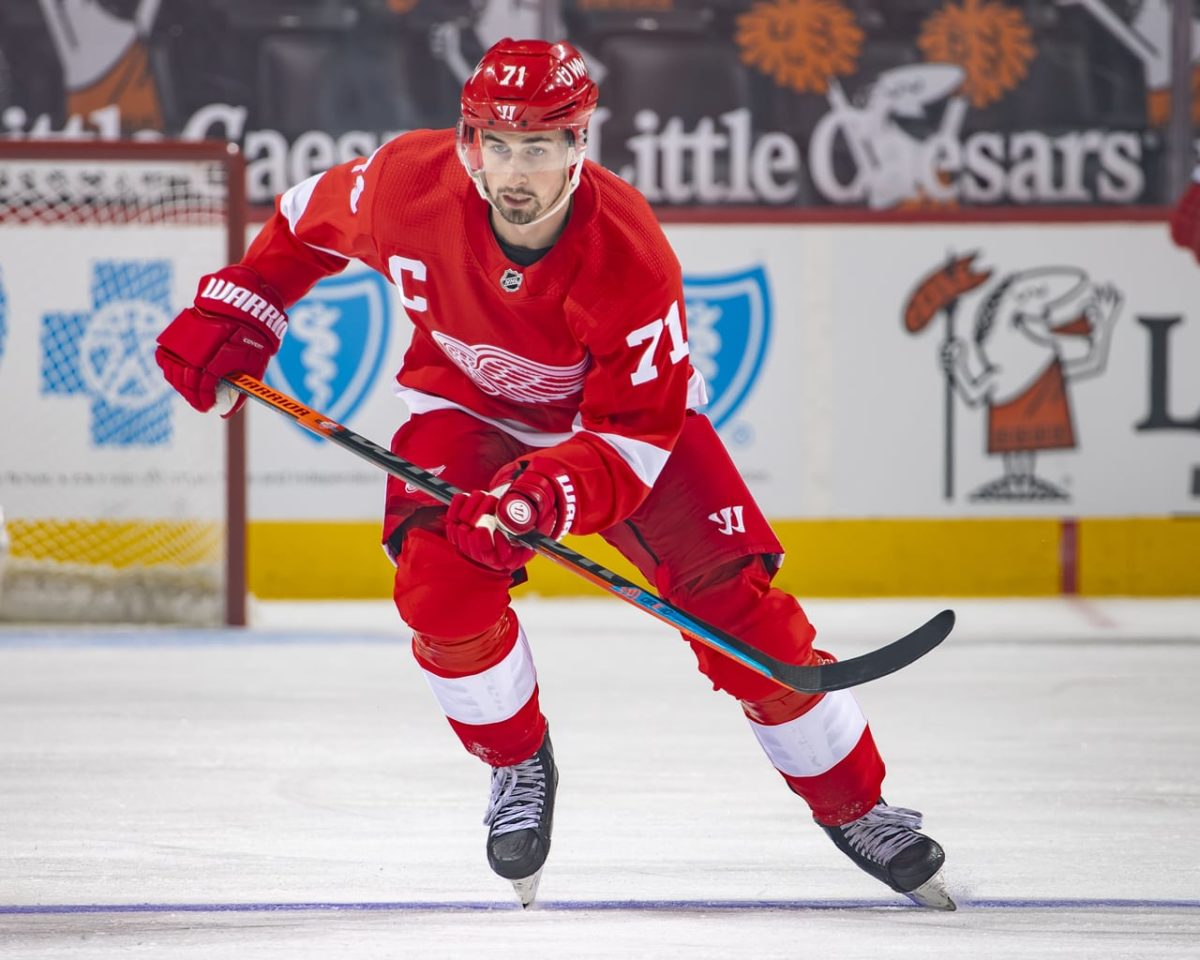
An effective tactic is to split the negotiation into multiple issues. It’s easier to debate one issue at a time than it is to argue one whole package versus another. This is called unbundling issues. Once unbundled, parties rank the separate issues so that they can lean into which are most important and offer concessions on those that are not.
In the context of Larkin’s contract, this means splitting the negotiation into separate conversations about the AAV, number of years, no-trade and no-movement clauses, and the structure of the contract (i.e. front-loading the salary, signing bonuses, etc.). Each side likely prioritizes these issues differently.
As you can see, this is an iterative process – build value, offer, listen to the other side’s building of value, hear their offer, counter their points, identify concession opportunities and common ground. Then repeat – over and over. Repeat until the two sides come to an agreement for each and every issue on the table.
This is why contract negotiations take so long. Then add in the fact that this is a high-profile negotiation between a storied franchise and its homegrown captain. That’s why there hasn’t been an agreement between Larkin and the Red Wings yet.
With that said, let’s move onto the nuances of each side, starting first with Yzerman and the Red Wings, then turning our attention to Brisson and Larkin.
Red Wings’ View of the Negotiation
Each side in a negotiation has their own idiosyncrasies that factor into the discussions. To illustrate this, we’ll dive deeper on how the Red Wings are approaching contract talks, covering their strategy, negotiating points, and risks that need to be considered along the way.
Red Wings’ Strategy
Before negotiations even begin, the best alternative to a negotiated agreement—or BATNA, for short—should be considered. Essentially, this is the route you take if the negotiation doesn’t work out.
For Yzerman and the Red Wings, there are three directions the franchise can go if they cannot sign Larkin:
- Trade Larkin, then sign a free agent to replace him as the team’s 1C
- Trade Larkin, then trade for another 1C
- Trade Larkin, then promote an internal option to the 1C role
When considering these alternatives—and ultimately deciding which is best—let’s assume the return in a Larkin trade would be similar to what the Vancouver Canucks got for Bo Horvat: a middle-six winger, a good but not elite prospect, and a first-round pick.
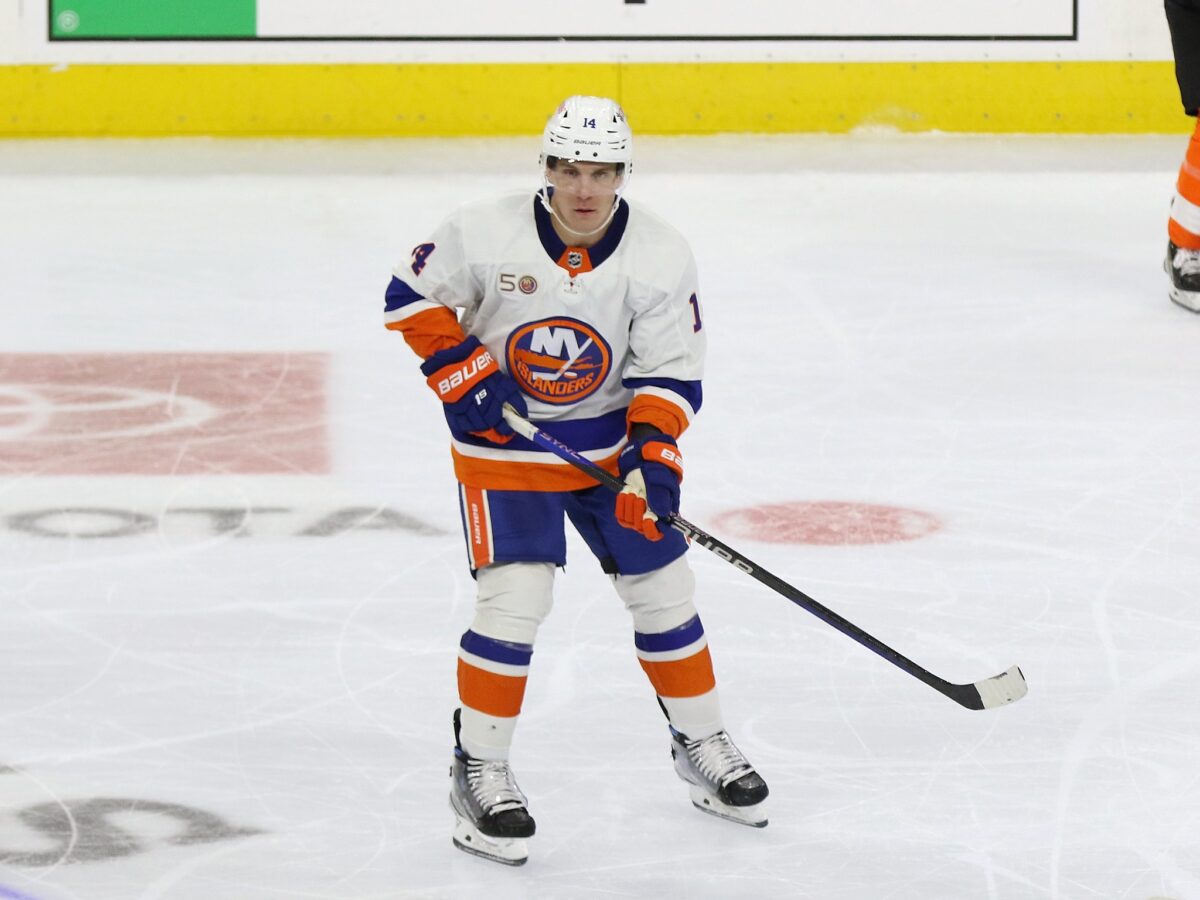
So starting with Option 1, you’re getting those three pieces, plus—ideally—the best available free agent center. This year, the top UFA centers are Ryan O’Reilly and Sean Monahan.
With Option 2, you’re getting the player, prospect, and pick in return for Larkin, then turning around and trading the equivalent of that—and then some—for a non-rental 1C – provided one is available.
And finally, with Option 3, the Red Wings acquire the three pieces in exchange for Larkin and promote either Andrew Copp or Michael Rasmussen to the 1C role.
As you can see, none of the three alternatives are ideal. The “best” is probably Option 1, but that alternative provides less value than Larkin does on his own.
The Red Wings need to keep this in mind. If they cannot sign Larkin, the alternatives are not good.
There are a couple other factors to consider in addition to the BATNA. One is that this contract will serve as the ceiling for deals signed by Red Wings players. Ideally, no one is making more than the captain and best player, so the lower Larkin’s AAV is, the better. This is especially important with new contracts for Moritz Seider and Lucas Raymond coming up.
In addition, Yzerman can leverage the separate issues of this negotiation against each other. For example, if no-trade or no-movement clauses aren’t a problem for the Red Wings—and are valued highly by Brisson and Larkin—Yzerman can bluff valuing these clauses, only to concede to the other party’s demands in exchange for a lower AAV or a more favorable contract structure.
Red Wings’ Negotiating Points
When it comes to talking points, it’s important for the Red Wings to continually build value. Negotiating points need to be fact- and data-based, not preferences. For example, it’s reasonable for the Red Wings to want Larkin’s AAV—the ceiling for all players—to be as low as possible to maintain a healthy salary cap picture. However, that’s not Larkin’s problem and not something that’s going to sway Brisson when negotiating.
Bringing up comparable players and their contracts is a good example of data-based negotiating points. Using other players as reference points can help pinpoint where Larkin fits in and, thus, what his contract should look like.
To help map this out, Yzerman could have Bryan Campbell—Detroit’s director of statistical analysis & hockey administration—put together a model that identifies Larkin’s closest comparables based on data points that the organization values. In addition, he could develop an aging curve chart using historical player data to predict how Larkin’s production will change over time – and validate Detroit’s preferred contract structure.
In addition, Yzerman could reference Patrice Bergeron’s contract with the Boston Bruins as another two-way 1C. It’s not exactly a quantitative measure, but worth mentioning that the premier defense-first 1C took a team-friendly deal to ensure the franchise remained competitive.
One other negotiating point is Detroit’s cap space. The Red Wings can afford an $8 million-plus AAV contract – not too many other teams can say that.
Red Wings’ Risks
Lastly, there are risks that need to be considered when negotiating. These are discussion points that should be avoided at all costs.
As I mentioned earlier, Detroit’s alternatives are terrible. Yzerman can’t bluff going another direction because all other routes are suboptimal. There are no comparable free agents hitting the market and trading for another 1C would be way too costly for a rebuilding franchise.
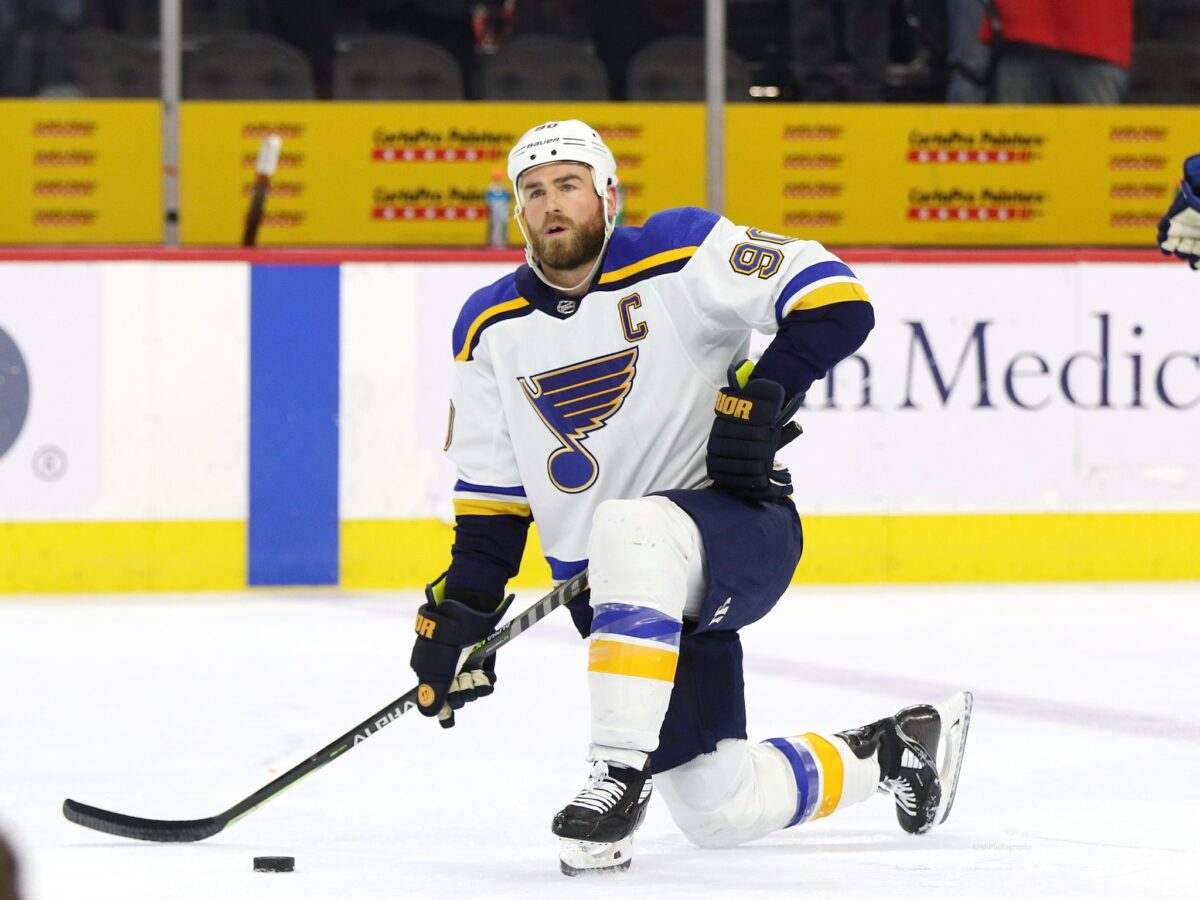
Speaking of the rebuild, losing Larkin would set the organization back years. A 1C is arguably the most vital role for success. Losing one with no viable alternative is a step in the wrong direction.
Also, leaning too hard into Detroit’s cap space can backfire. Salary cap data is publicly available – everyone knows exactly how much cap space is at Yzerman’s disposal.
Finally, there’s ongoing risk related to Larkin’s performance and market factors. If Larkin exceeds expectations, it’s assumed that contract demands will go up. In addition, contract extensions signed during the negotiating period are market factors that present substantial risk, especially if salaries continue to rise.
Chances are, Brisson is fully aware of these risks and using them as leverage. That’s to be expected. Yzerman has leverage too – we’ll get to that shortly.
Brisson and Larkin’s View of the Negotiation
Similar to Yzerman and the Red Wings, Brisson and Larkin have their own strategy for these negotiations, as well as talking points and risks that will play into their approach.
Brisson/Larkin’s Strategy
Heading into the negotiation, Brisson and Larkin also have a BATNA in mind. If a deal isn’t struck, Larkin is free to sign with any NHL team. Not every team has enough cap space right now, but enough do to start a bidding war for Larkin’s services – clearly a much stronger BATNA than Yzerman’s.
As for the discussion itself, Brisson can approach a couple of ways. A promotion-focused approach leans into what the Red Wings are getting if Larkin stays – a true 1C, a player to build around, and a happy captain.
Alternatively, a prevention-focused approach highlights what life would be like without Larkin – the Red Wings won’t have a 1C, which is one of the most vital positions needed to succeed. Brisson will likely employ both strategies throughout the negotiation process to see which Yzerman responds to better.
In addition, there’s the motivation to maximize this contract for both Larkin and Brisson. In Larkin’s case, this is likely the last major deal he’ll sign. Why does that matter? Because professional hockey players have 10-15 years to earn 95 percent (or more) of their lifetime income. Every dollar counts – even when you’re talking about millions of them. And this contract will account for a majority of those earnings.
As for Brisson, he receives a percentage of Larkin’s salary, so clearly there’s motivation to help him earn more. His company’s future depends on successful negotiations.
Finally, one other nuance to consider is which issues are more valuable than others. AAV is likely at the top of the list, so Brisson can bluff value in contract structure or clauses. This would allow him to concede on those topics later in exchange for a better AAV.
Brisson/Larkin’s Negotiating Points
Like Yzerman and the Red Wings, Brisson also has a list of comparables. These players are likely different from those on Detroit’s list, but the thinking is the same – Larkin compares favorably to them, which is a good negotiating point.
Two players I mentioned earlier are likely on Brisson’s list: Barzal and Horvat. Both signed contract extensions this year and are positioned well relative to Larkin.
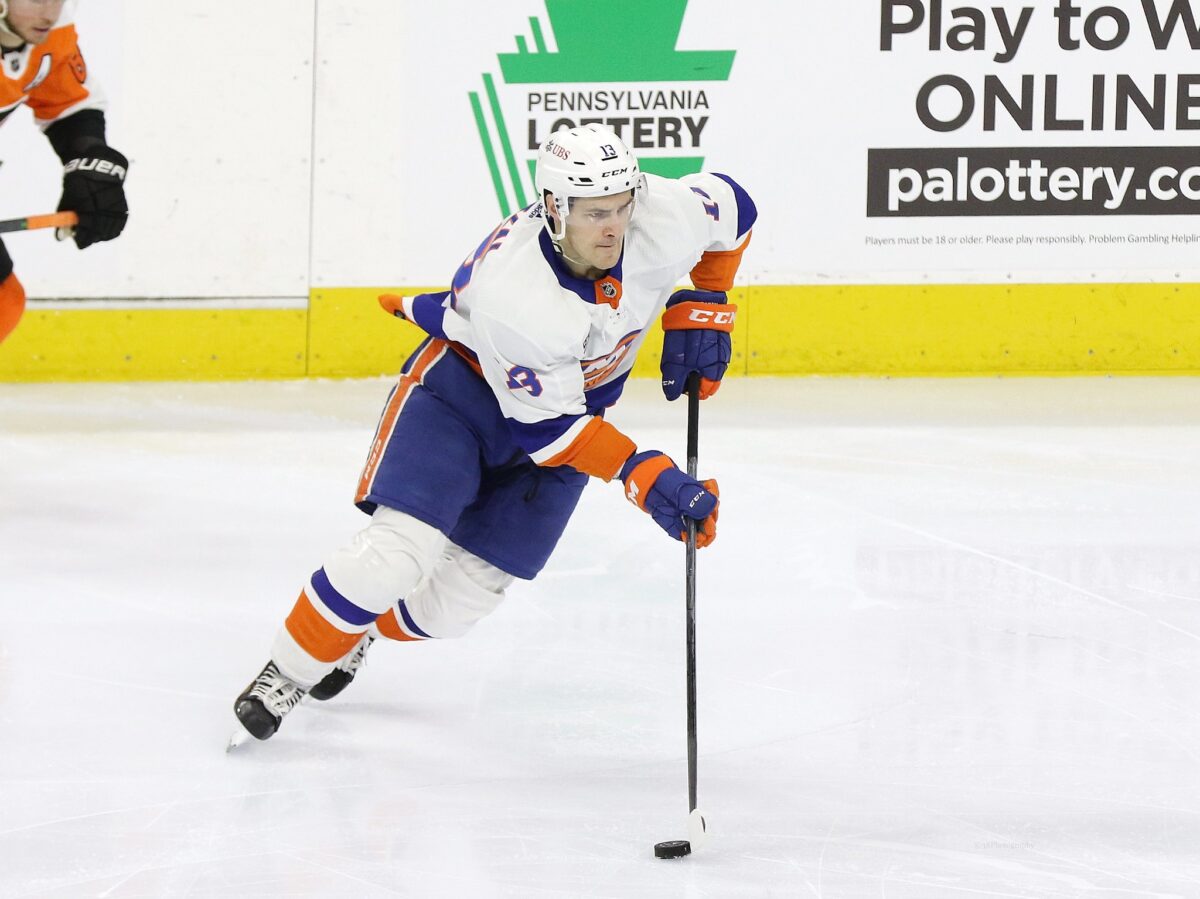
Barzal is a year younger, but otherwise profiles similarly from a production standpoint. His new AAV is $9.15 million.
In addition, Horvat is a year older than Larkin and also produces at a comparable rate. His AAV will be $8.5 million over the next eight years.
Using these two as a baseline, Larkin’s AAV should be at least $8.5 million. But since he’s a year younger than Horvat and thus has another year of his prime ahead of him, it could be argued that his AAV should be higher.
These are just two examples. Brisson likely has other names – players who signed contracts recently with the salary cap on the rise and deals inflating year after year. But regardless of who’s being compared to Larkin, Yzerman and the Red Wings will need to see data that validates the comparison. Using Connor McDavid or Auston Matthews won’t fly since those two are quite different from Larkin.
Related: Red Wings’ Larkin & Bertuzzi Represent Best & Worst Cases in Contract Talks
Additionally, Brisson can point to the fact that the salary cap is expected to rise even further in the near future. Larkin’s contract shouldn’t reflect today’s salary cap – it should be forward-thinking. Consider the AAV against what the salary cap upper ceiling will be a couple years from now. That percentage is way easier to digest.
Brisson/Larkin’s Risks
There are two main risks that Brisson needs to navigate throughout his discussions with Yzerman. They won’t be easy, either.
First, you have to consider the optics. Larkin grew up in Michigan and was a Red Wings fan growing up – remember D-Boss? His friends and family have always been Red Wings fans, too. The Red Wings drafted him out of the University of Michigan and named him captain.
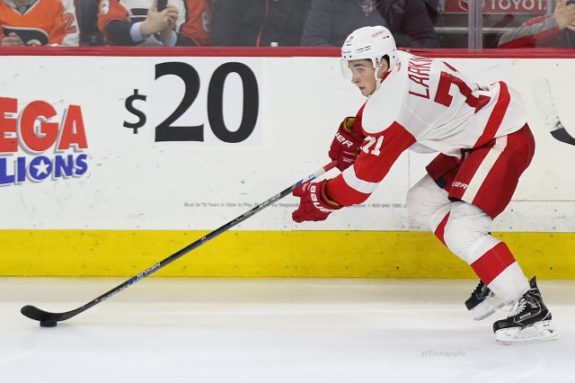
Now, imagine ditching your hometown team to pursue more money elsewhere. That’s not a great look. It really isn’t. And that’s exactly what this is going to look like if the Red Wings and Larkin can’t come to an agreement on a new contract.
That said, Larkin has stated multiple times that he wants to stay in Detroit, and honestly, that’s not helping his agent. If that is indeed the case, Brisson’s BATNA is just theoretical. Further, as his agent, Brisson needs to respect his client’s demands and get a deal done.
Both of these risks can be exploited by Yzerman. He can lean on Larkin and ask him not to abandon his hometown team. He can also leverage Larkin’s desire to stay in Detroit against Brisson’s negotiating points.
Ideally, negotiations end in win-win scenarios. It can be cutthroat on the way there, though.
Final Word
As you can see, there’s a lot that goes into contract negotiations, and Larkin’s extension talks are more complicated than most. But that shouldn’t be cause for concern.
“I’ve said it all along, and I stand by it: I really see myself as a Red Wing,” Larkin recently told ESPN.
He wants to stay in Detroit. The Red Wings need him, too.
Yzerman emphasized patience in his introductory press conference. This situation is no different.